
Ayurveda is an ancient system of medicine utilizing herbs, oils, metals and animal products to heal and rejuvenate. Influenced by the system of the same name in India, Ayurveda is broadly utilized as a part of Sri Lanka for a range of illnesses. Ayurveda hypothesizes that the five components (earth, air, ether, water and light) are connected to the five senses, which in turn shape the nature of an individual’s structure – his or her dosha (life force). Disease and illness occurs when the dosha is out of balance. The purpose of Ayurvedic treatment is to restore the balance. For full-on therapeutic treatments, patients must be prepared to make a pledge of weeks or months. It’s an extreme regimen emphasizing frequent enemas and a bare minimum diet of simple vegetable-derived calories. Much more commonly tourists treat themselves at Ayurvedic massage centres attached to major hotels and in popular tourist centres. Full treatments take up to three hours and include the following relaxing routines .
Herbal saunas (Sweda Karma) are based on a 2500-year-old design. The plaster walls are filled with herbal ingredients, including honey and sandalwood powder. The floor of the sauna is covered with herbs. Like a European sauna, a steady mist of medicinal steam is maintained with water sprinkled onto hot coals. The steam bath (Vashpa Swedanam) looks like a cross between a coffin and a torture chamber. Patients lie stretched out on a wooden platform, and a massive hinged door covers the body with only the head exposed. From the base of the wooden steam bath, up to 50 different herbs and spices infuse the body.
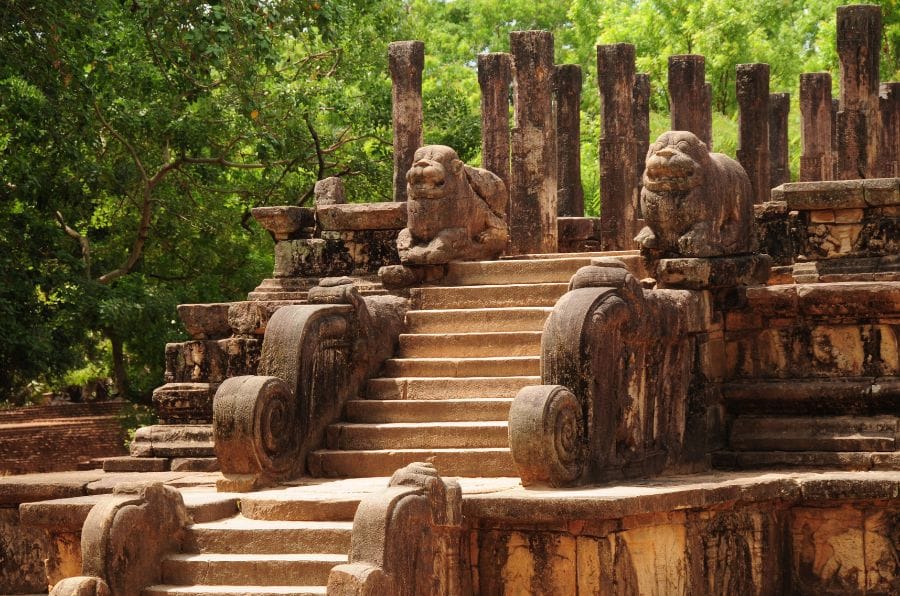
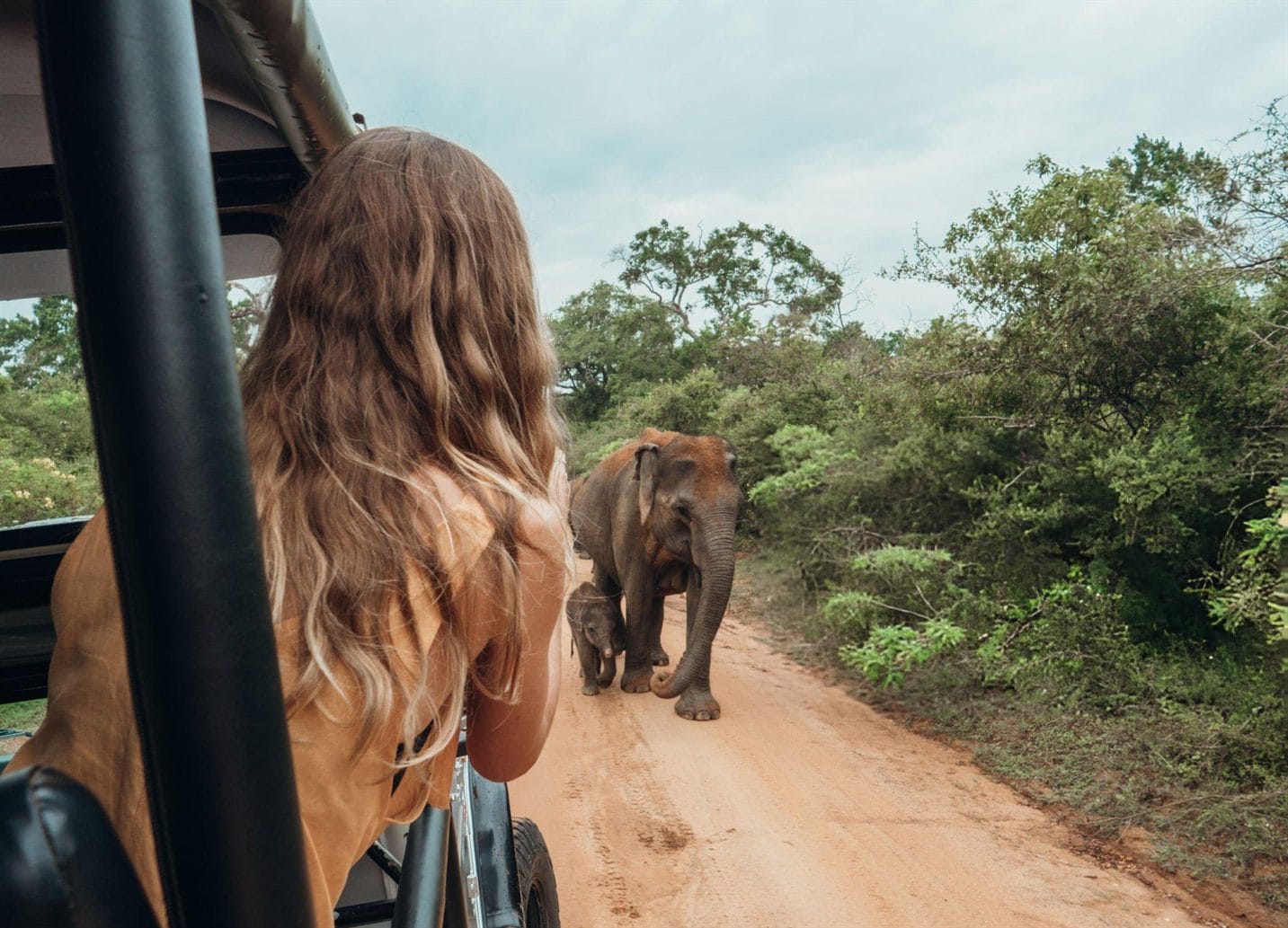
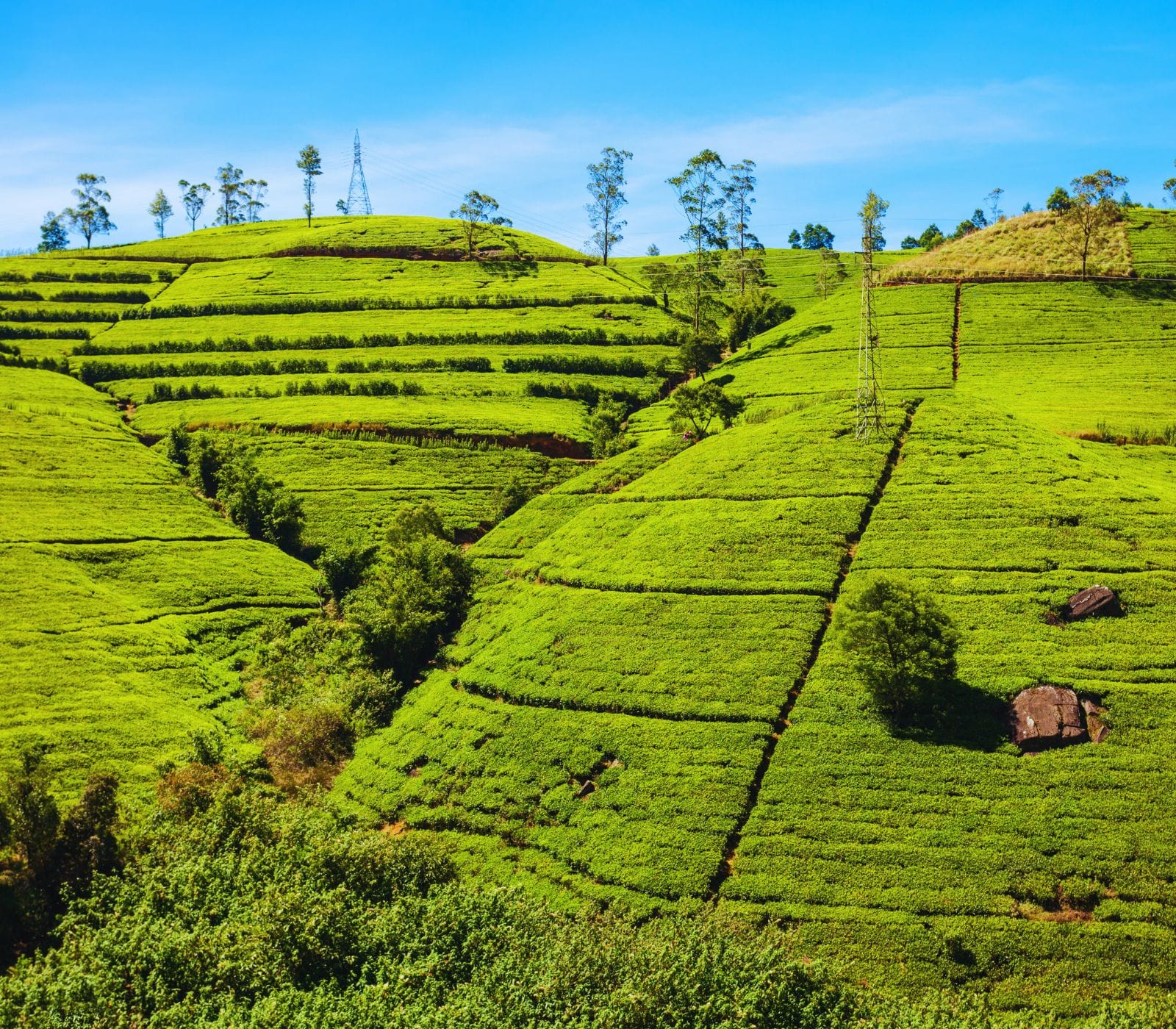
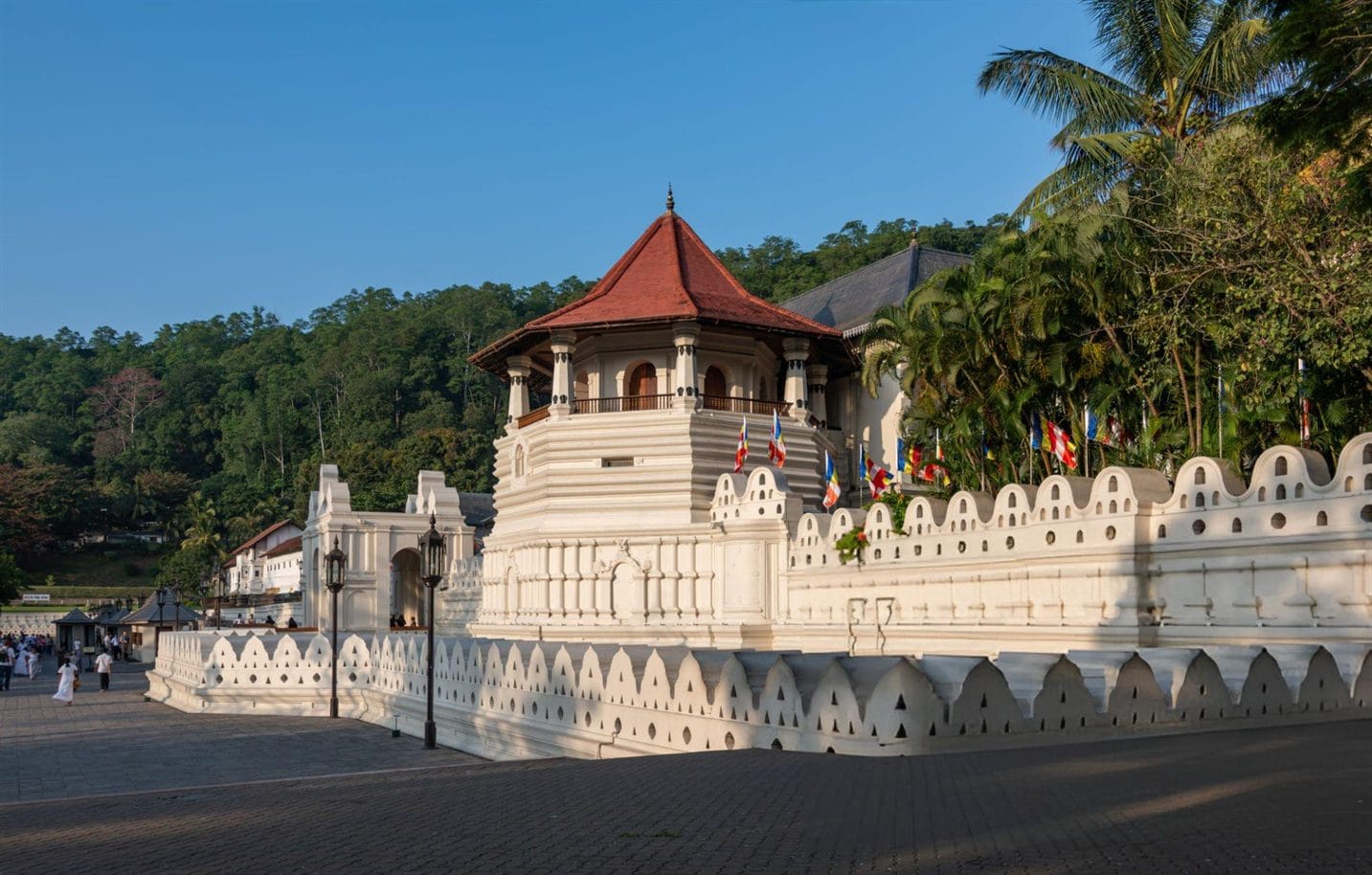
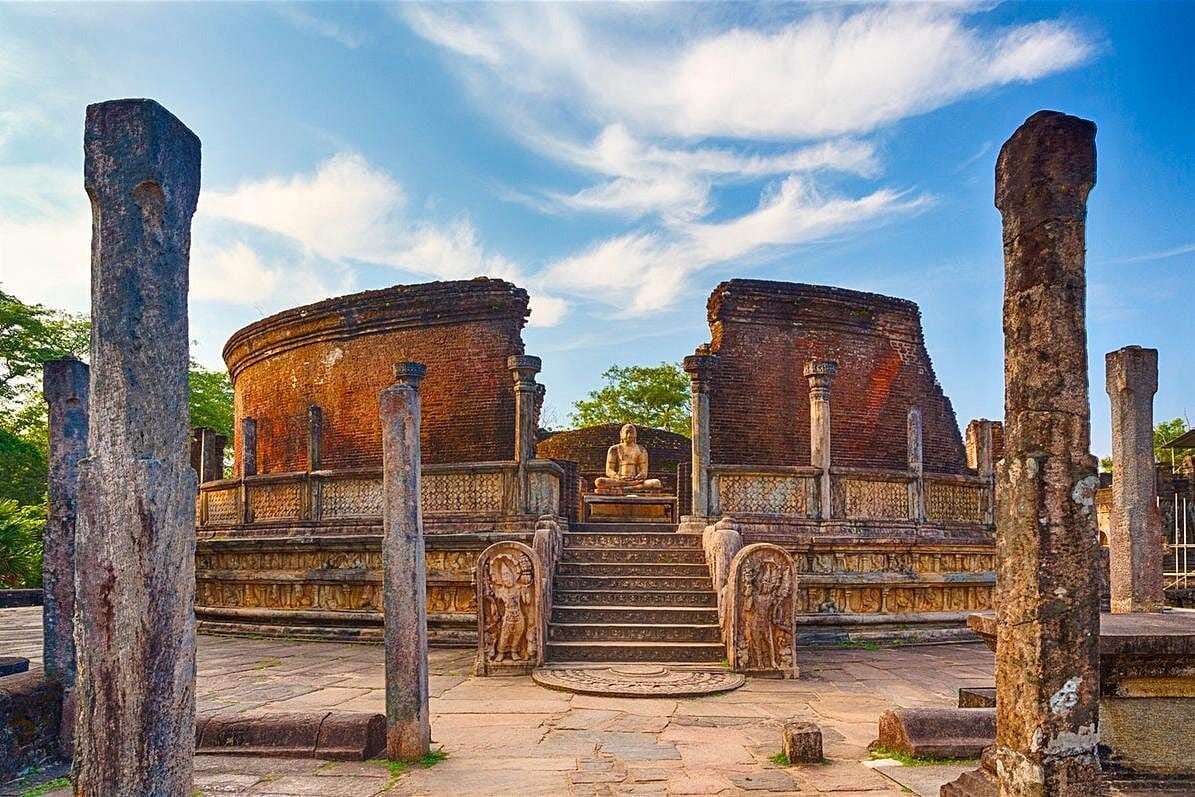


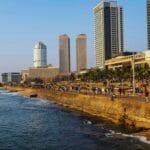

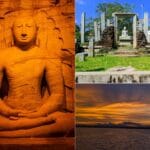
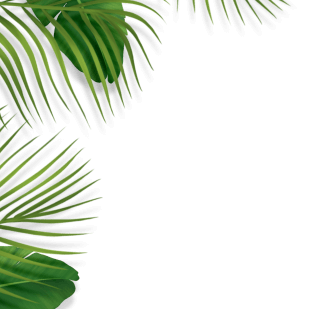
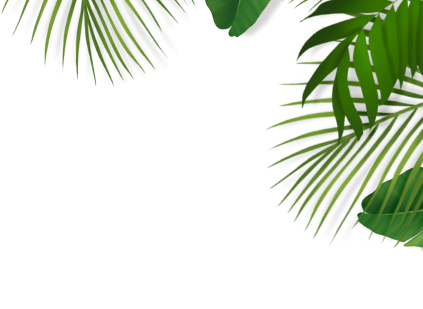
Leave a comment: